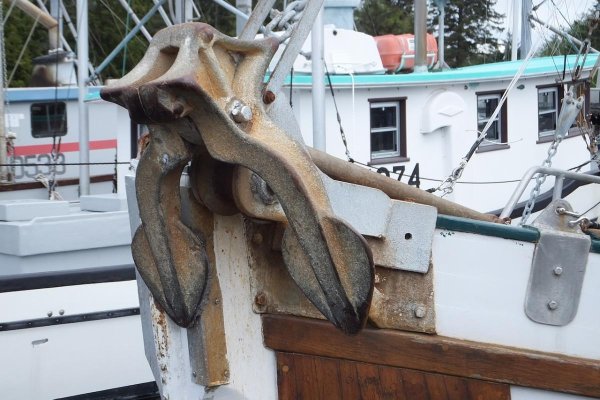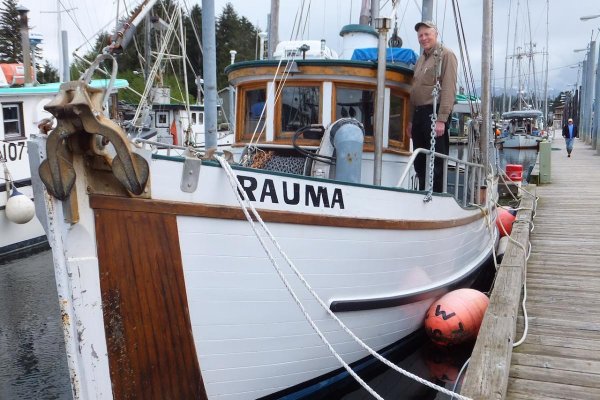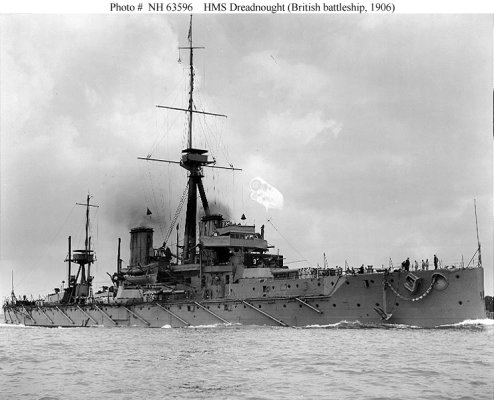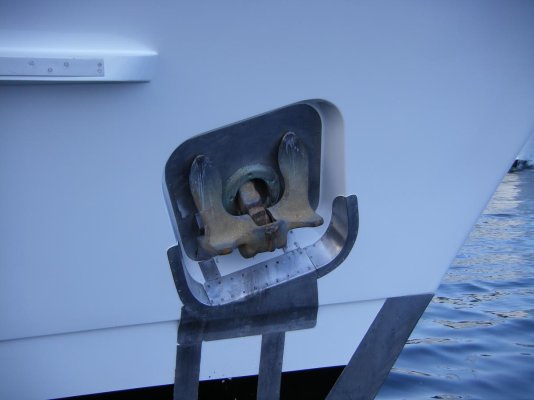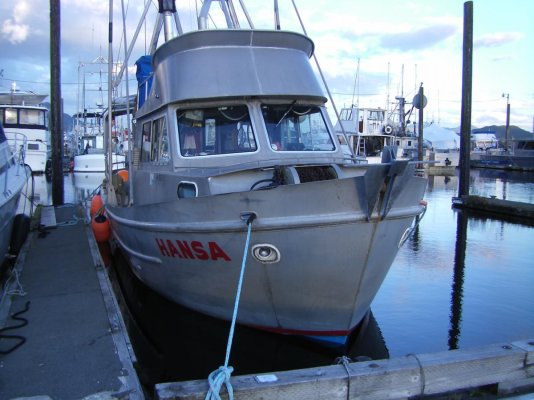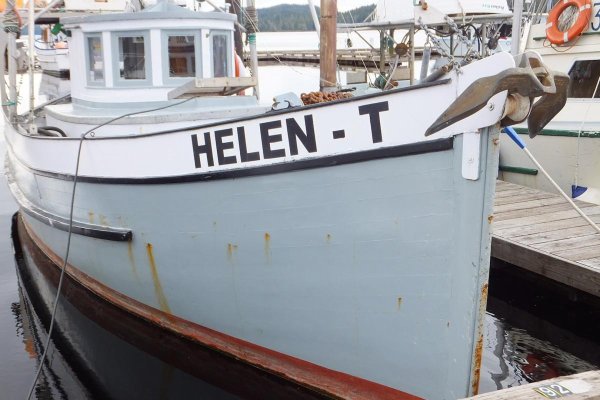Nomad Willy
Guru
I was in Craig yesterday and talked to several owners of the old Dreadnought anchors. One guy said he dragged in the winter in a 60 knot gale but all other comments were positive. Their boats are, of course considerably bigger than mine and so are their anchors so the results may be similar.
With it's relatively heavy weight and wide throat angle short scope performance may be excellent. I really don't understand why the throat angle is so important in the Danforth anchor. Read it many times but it could be a well established old wives tale that has no credibility or the result of exhausting research in a big lab up in the sky. Dunno.
In Craig there's probably a dozen of these old guys still working. I wonder when the last Dreadnought was made and I wonder about the name. As I recall WWl battleships were called Dreadnoughts (perhaps a certain class) and I wonder if the anchor was the choice of anchor for these battleships. Perhaps the anchors were made much later and have no relationship to the warships. The only anchor that seems to be as old as the Dreads is the Kedge and you can buy them new from several sources.
Mark, you're the history rep here ..........what say you?
With it's relatively heavy weight and wide throat angle short scope performance may be excellent. I really don't understand why the throat angle is so important in the Danforth anchor. Read it many times but it could be a well established old wives tale that has no credibility or the result of exhausting research in a big lab up in the sky. Dunno.
In Craig there's probably a dozen of these old guys still working. I wonder when the last Dreadnought was made and I wonder about the name. As I recall WWl battleships were called Dreadnoughts (perhaps a certain class) and I wonder if the anchor was the choice of anchor for these battleships. Perhaps the anchors were made much later and have no relationship to the warships. The only anchor that seems to be as old as the Dreads is the Kedge and you can buy them new from several sources.
Mark, you're the history rep here ..........what say you?
Attachments
Last edited:

